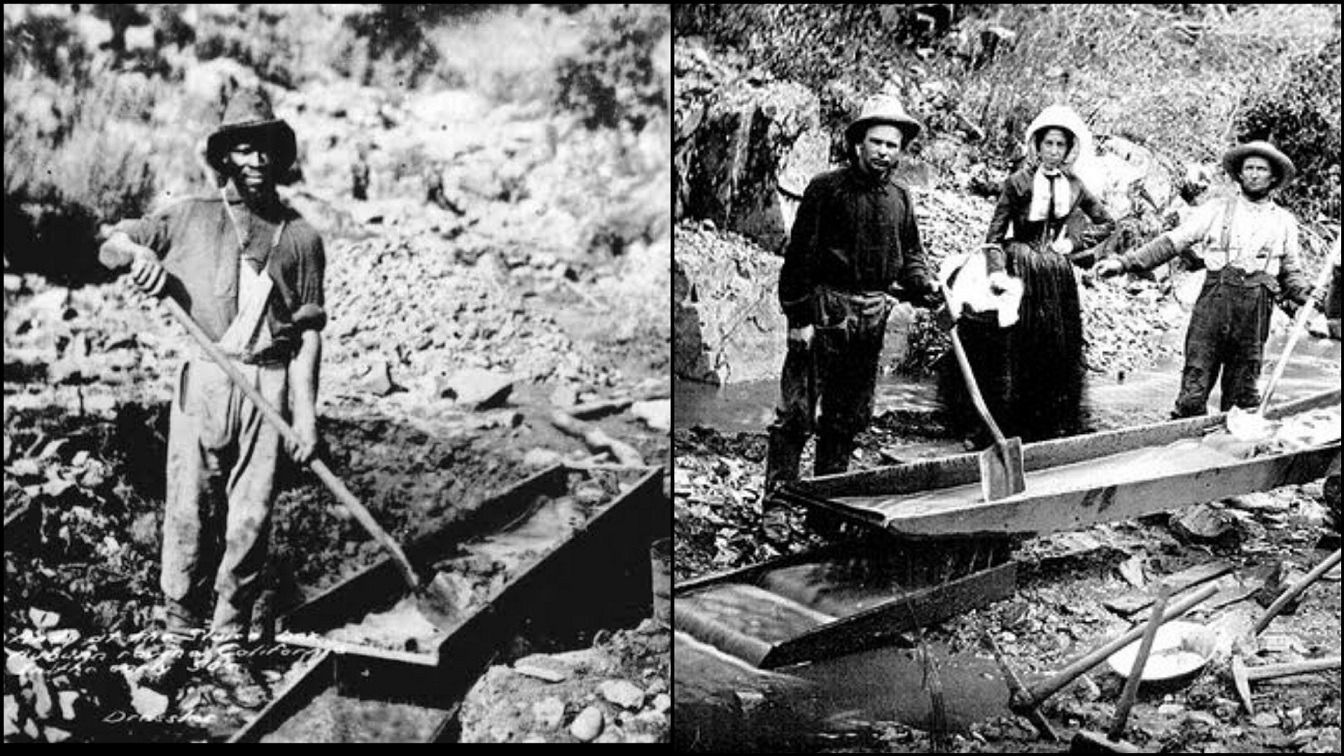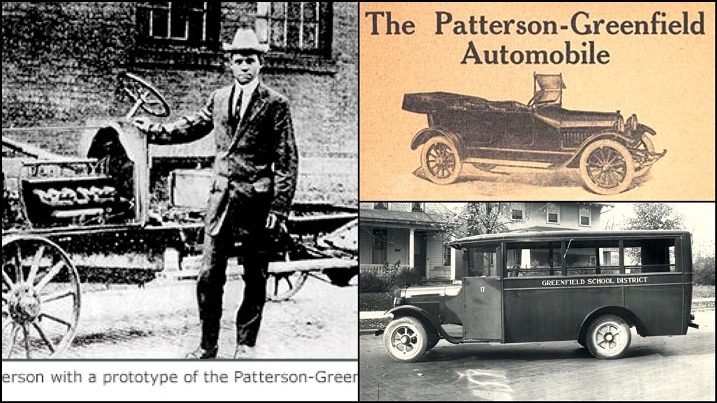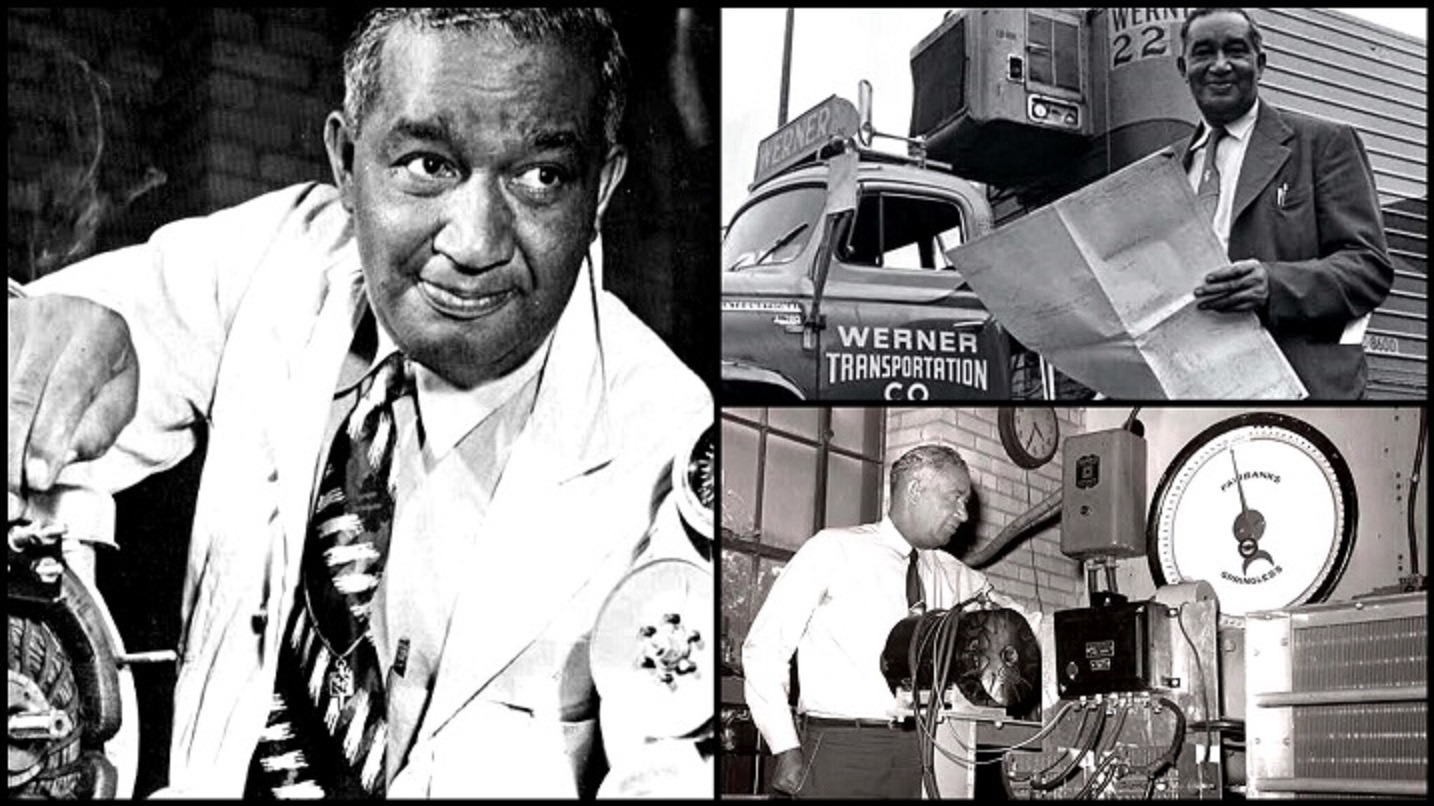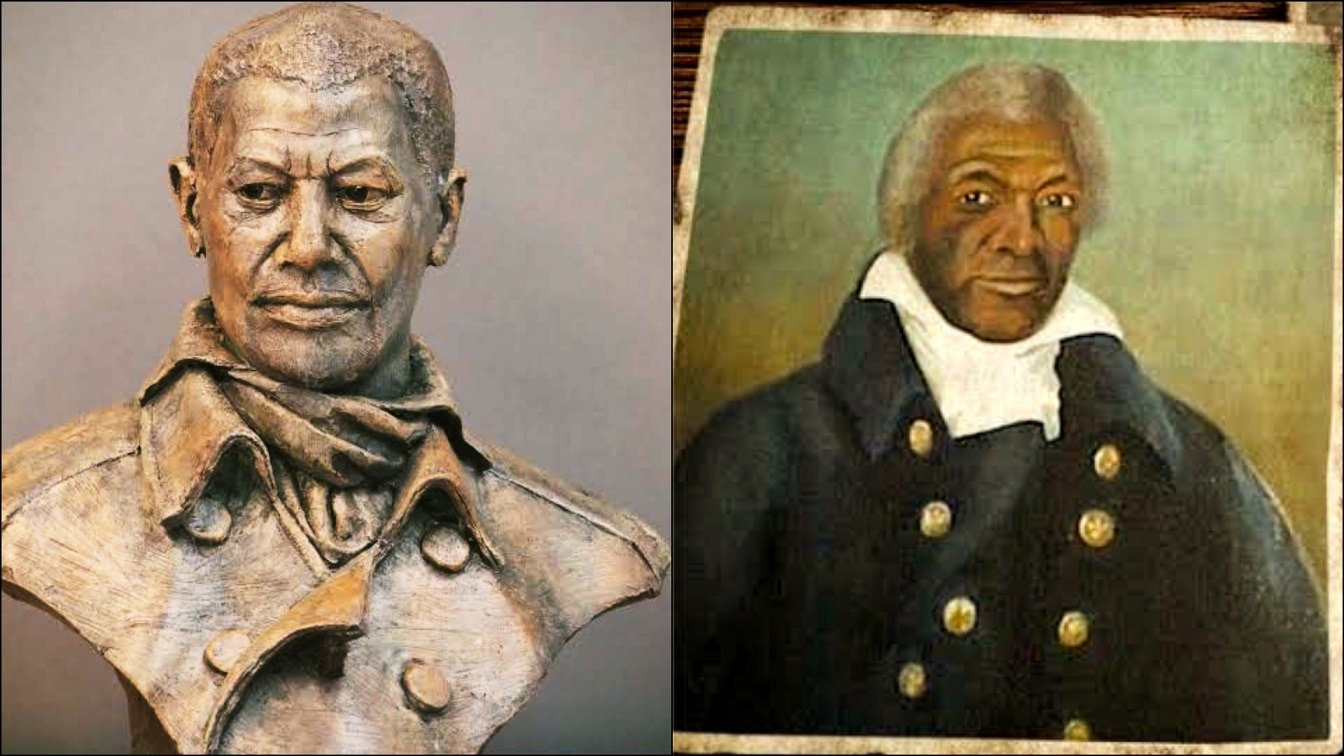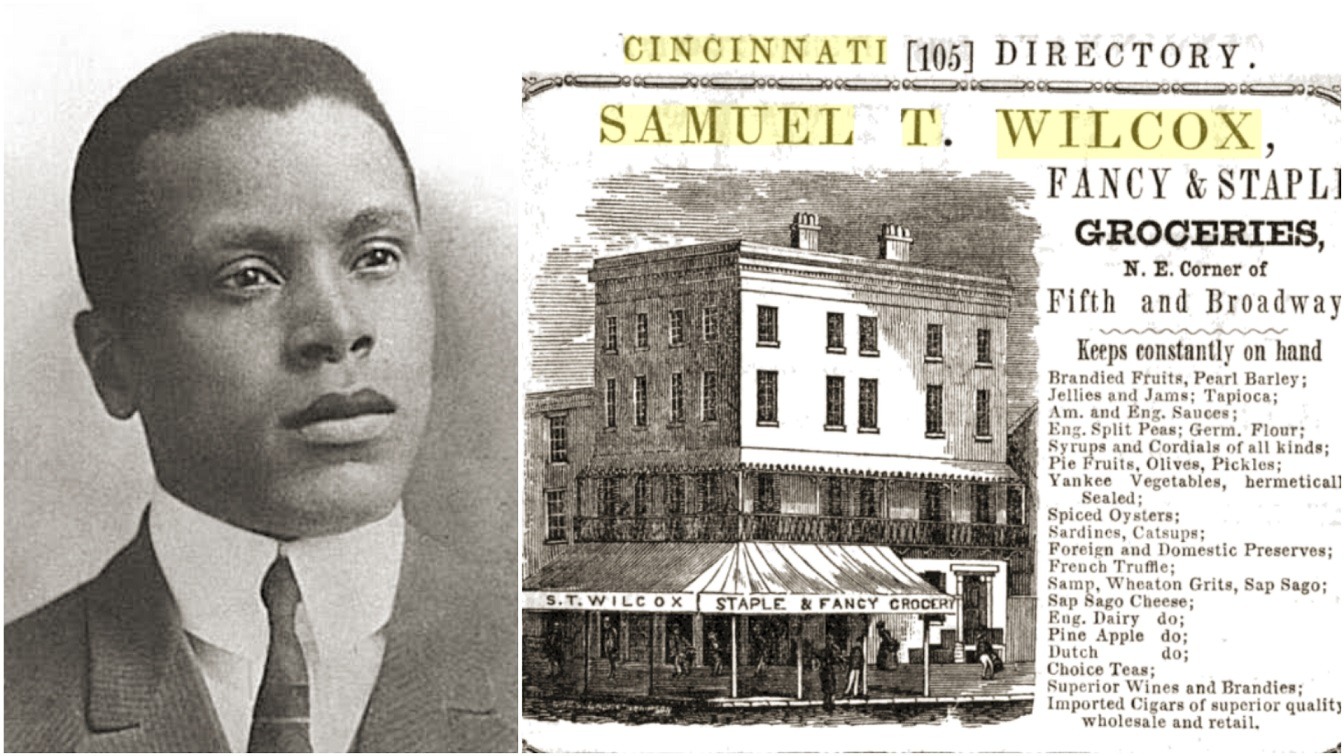The California Gold Rush, which lasted from 1848 to 1860, began on January 24, 1848, when carpenter and sawmill operator James W. Marshall discovered gold. Following Marshall’s discovery, thousands of people flocked to the goldfields in Northern California’s Sierra Nevada foothills. By 1860, at least 4,000 African Americans had arrived in California in search of gold and, more broadly, prosperity and freedom.
In 1850, there were 952 African Americans in California, with the male population accounting for 91% of that figure. By 1852, the population had more than doubled to 2,000 people, with the majority of them still being men. During the gold rush, a few African American gold hunters became wealthy.
In 1848, Hector, an African American, deserted his naval squadron ship Southampton in Monterey, California, and headed to the mother lode. He returned a few weeks later, bringing $4,000 in gold. Peter Brown, originally from St. Genevieve, Missouri, was a more typical character. In December 1851, he earned $400 after working 25 miles from Sacramento for two months.
African American miners were typically employed in integrated settings in Chinese, Latin American, and European firms. Little Negro Hill, a small African American settlement, was built up around the profitable claims of two Massachusetts-born African American miners operating near the American River in 1852. Little Negro Hill was known to draw Chinese and Portuguese miners and white Americans.
Other integrated mining villages arose, including a second Negro Hill near the Mokelumne River, Union Bar along the Yuba River, and Downieville, founded in 1849 by William Downie, a Scotsman who led nine miners, including seven African Americans, to the town’s location.
A far greater number of African Americans were successful in supplying services to the gold-driven economy. The majority of these newcomers chose to live in Sacramento and San Francisco. Mifflin Gibbs and Peter Lester, both from Philadelphia, Pennsylvania, founded the Pioneer Boot and Shoe Emporium, which had customers from Portland, Oregon Territory, to Baja California. In 1851, James P. Dyer, from New Bedford, Massachusetts, established the New England Soap Factory in San Francisco, becoming the West’s first antebellum Black maker.
Slavery existed in California, despite the fact that it was theoretically a free state. A runaway slave statute was created in 1852, making it unlawful for slaves to flee their masters along California’s borders. Advertisements for escaped slaves were also published in local newspapers.
One-third of African Americans in California were enslaved unlawfully, according to estimates. They frequently lived and worked alongside free Blacks in cities, goldfields, and mining camps. Their presence sparked an abolitionist movement, particularly in San Francisco, Oakland, and Sacramento, among other locations.
African American miners found a temporary home in California’s goldfields. Most African Americans settled in cities, establishing Black communities in San Francisco, Sacramento, Marysville, and other cities and towns. Between 1849 and 1855, the majority of African American residents in San Francisco settled around the waterfront and spread to Telegraph Hill.
Blacks in Sacramento and San Francisco established churches that served as anchors for their communities. In 1850, for example, African Americans in Sacramento established St. Andrews AME Church, the first Black church west of Texas. The gold rush spawned a number of African American settlements in California, several of which still exist today.
CITATION:
Momodu, S. (2022, February 08). African Americans in the California Gold Rush (1848-1860). BlackPast.org. https://www.blackpast.org/african-american-history/events-african-american-history/african-americans-in-the-california-gold-rush-1848-1860/
